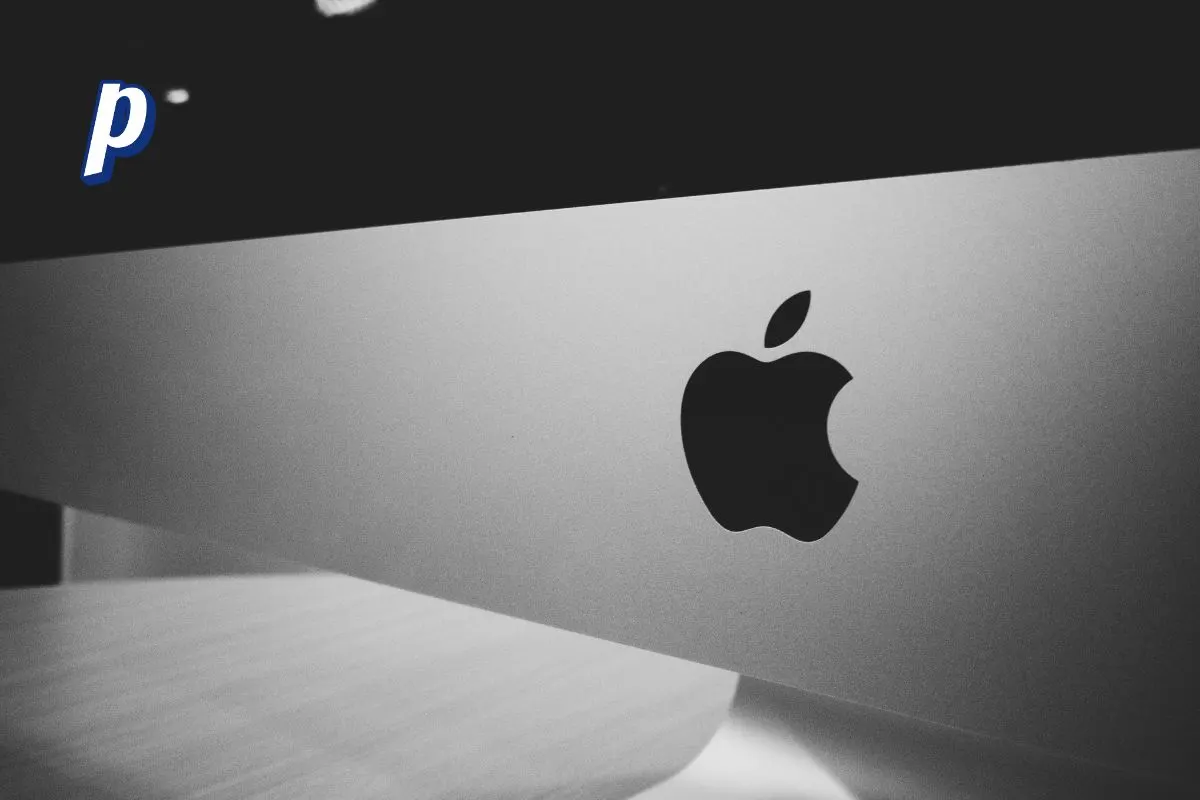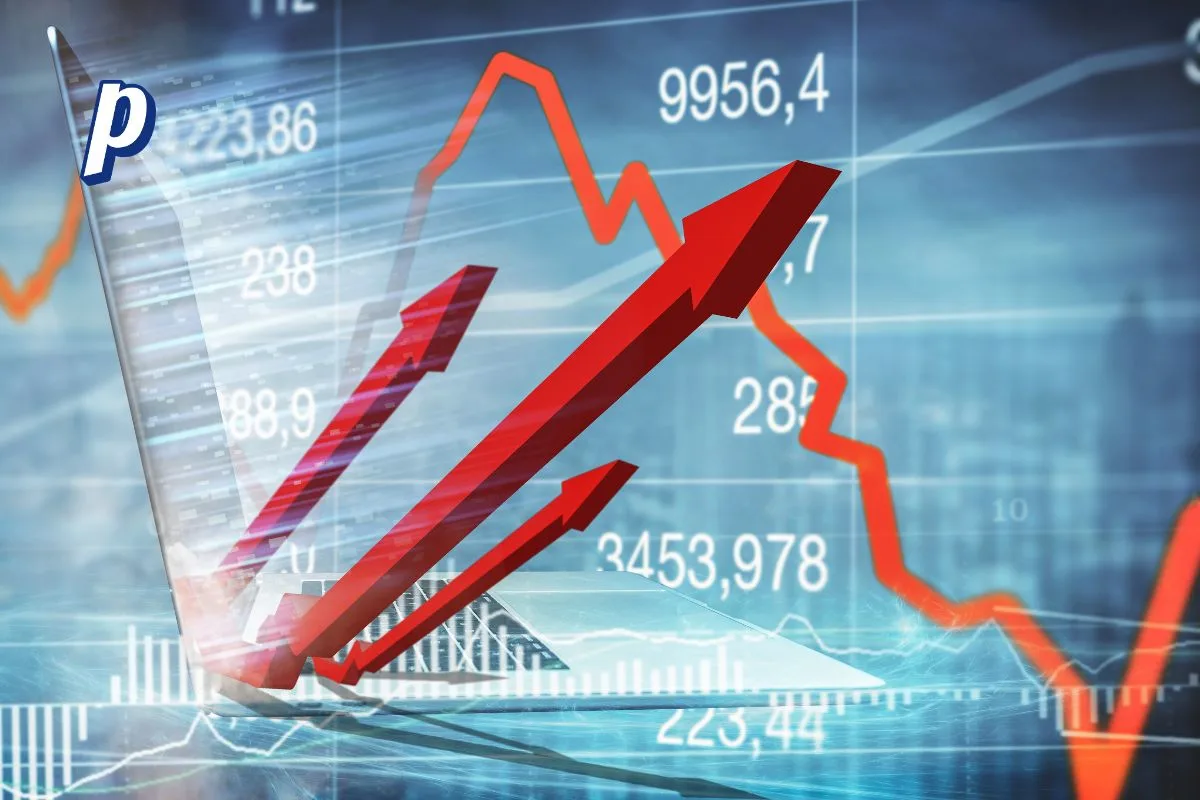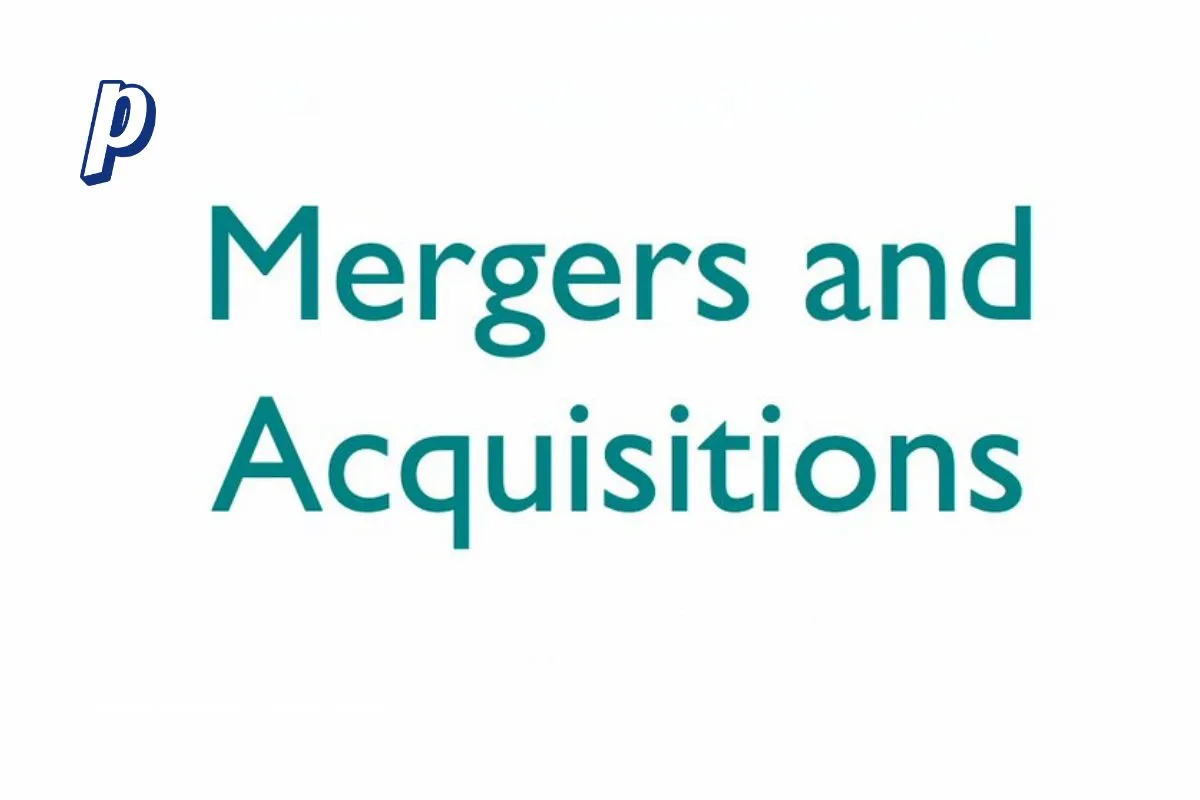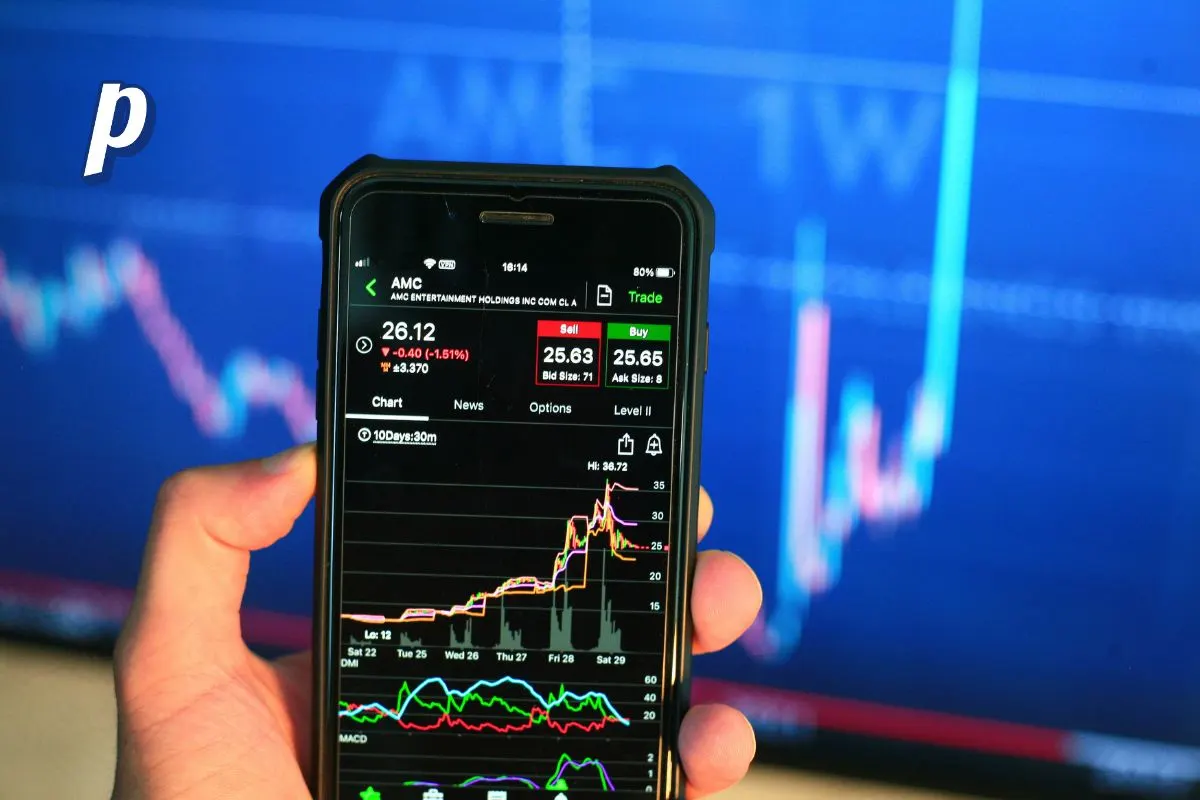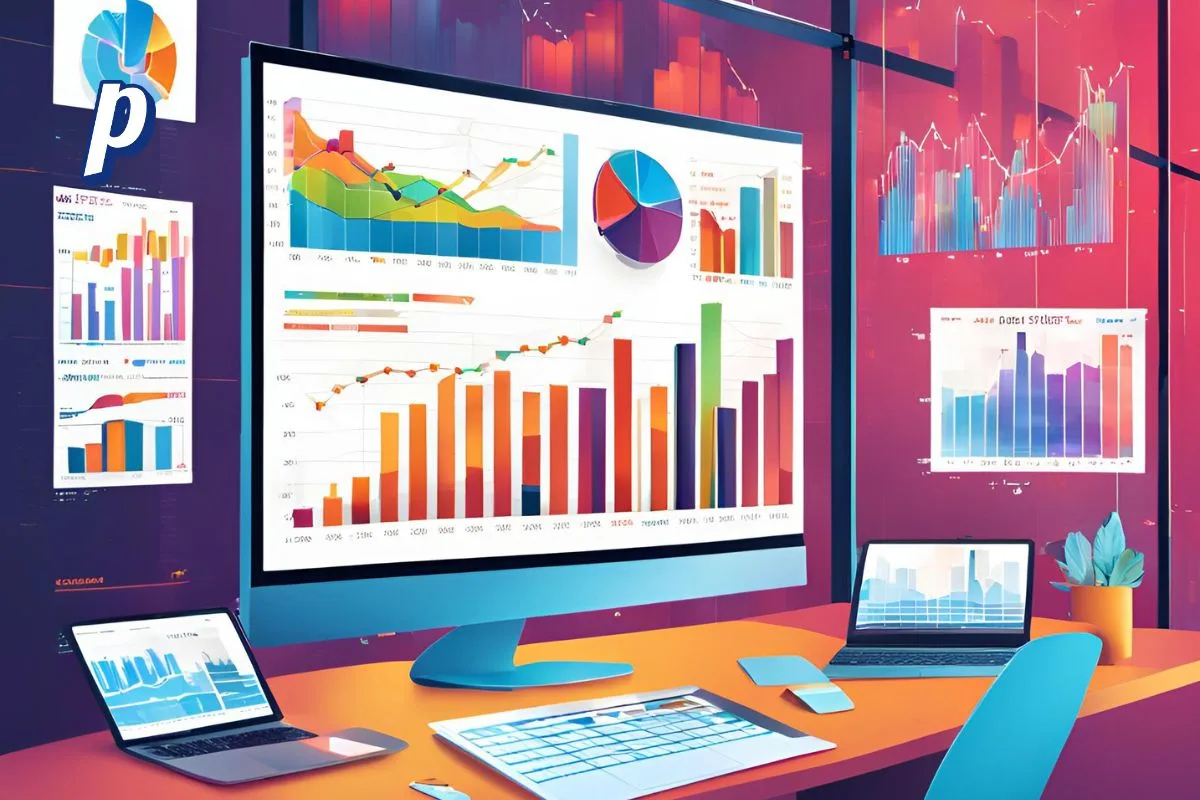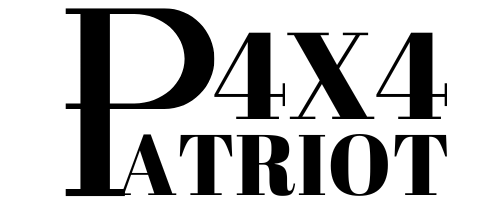Inflation continues to dominate economic conversations as we head into 2025. Despite signs of moderation in 2024, fears over persistently high prices remain, with experts warning that inflationary pressures could stay elevated, presenting ongoing challenges for the Federal Reserve and the broader economy.
A Look Back at 2024: Progress, But Not Enough
Over the past year, inflation in the US has gradually cooled but remains stubbornly above the Federal Reserve’s 2% target. The core Personal Consumption Expenditures (PCE) index and the core Consumer Price Index (CPI) — two key metrics closely monitored by the Fed — rose by 2.8% and 3.3% year-over-year in November, respectively. These figures highlight the difficulty of taming inflation, especially as monthly core price increases, which exclude volatile food and energy costs, have consistently come in hotter than expected.
Read more: $200 Million Indian Creek Plot for Sale Next to Jeff Bezos’ Miami Estates
Deutsche Bank chief economist Matthew Luzzetti told Yahoo Finance that while inflation will likely decelerate gradually, it will still remain “uncomfortably high for the Fed.”
The Services Sector: A Persistent Driver of Inflation
One of the primary drivers of inflation has been the services sector. Core services, such as healthcare, insurance, and airfares, continue to exert upward pressure on prices. Shelter costs, which surged in recent years, remain elevated. While Luzzetti anticipates a decline in shelter inflation over the coming year, he warns that it could still hover at levels that complicate the Federal Reserve’s efforts to rein in inflation.
Federal Reserve’s Inflation Projections
The Federal Reserve’s Summary of Economic Projections (SEP) released in December reflects a nuanced outlook:
- 2025 Core Inflation: Projected to hit 2.5%, up from a previous forecast of 2.2%.
- 2026 Core Inflation: Expected to decelerate further to 2.2%.
- 2027 Core Inflation: Targeted at 2.0%, aligning with the Fed’s long-term goal.
This outlook aligns with Wall Street’s expectations. A Bloomberg survey of 58 economists revealed a consensus forecast of 2.5% core PCE inflation for 2025, though many anticipate a slower decline in subsequent years, projecting 2.4% for 2026.
The Trump Factor: How New Policies Could Impact Inflation
Economists are increasingly focused on the potential inflationary effects of President-elect Donald Trump’s proposed policies. High tariffs on imported goods, tax cuts for corporations, and immigration curbs are among the initiatives considered likely to push prices higher.
Nancy Vanden Houten, lead US economist at Oxford Economics, emphasized the risks: “A lot of the risk comes from the possibility of certain policies being implemented under the Trump administration on tariffs and on immigration.”
Tariffs: A Key Inflation Driver
Trump’s campaign promises include imposing blanket tariffs of at least 10% on all trading partners, with a specific pledge of a 60% tariff on Chinese imports. Nobel Prize-winning economist Joseph Stiglitz cautioned at Yahoo Finance’s Invest conference that such measures would be inflationary and could trigger an “inflationary spiral.”
“Prices go up. Workers will want more wages. And then you start thinking of what happens if others retaliate [with their own duties],” Stiglitz explained. He also warned that retaliatory actions from trading partners could exacerbate global economic slowdowns.
Read more: Inflation in 2025: Will It Surge Again in the New Year?
Interest Rates: The Fed’s Balancing Act
If inflationary pressures persist, Federal Reserve Chair Jerome Powell has indicated that the central bank may have to adjust its monetary policy accordingly. “We need to see what [the new policies] are and what effects they have,” Powell stated during a December press conference.
Luzzetti predicts that any tariffs introduced in 2025 will lead to higher inflation over time. Consequently, he expects the Fed to hold off on rate cuts in 2025, maintaining its cautious approach to monetary easing.
Economic Resilience Amid Inflation Concerns
Despite the challenges posed by inflation, the US economy demonstrated remarkable resilience throughout 2024:
- Retail Sales: Exceeded expectations in November.
- GDP Growth: Remained strong and above trend.
- Unemployment: Held steady at around 4%.
This resilience, combined with the Federal Reserve’s 100 basis points of rate cuts in 2024, has provided a solid foundation for growth heading into 2025. Luzzetti described the economic outlook as supported by “a good amount of tailwinds,” though inflationary risks could create headwinds.
Global Implications of US Inflation
The impact of US inflation extends beyond its borders. A potential trade war stemming from Trump’s tariff policies could keep global inflation elevated. Minneapolis Fed President Neel Kashkari warned of a “tit-for-tat” scenario, where retaliatory tariffs from other countries exacerbate inflationary pressures globally.
BNP Paribas’ outlook for 2025 underscores the risks:
- CPI by End of 2025: Expected to reach 2.9%.
- CPI by End of 2026: Projected to climb to 3.9%.
The Path Forward: Balancing Growth and Inflation
The Federal Reserve faces a delicate balancing act as it seeks to manage inflation without derailing economic growth. Luzzetti’s baseline projection includes a 20% cumulative increase in tariffs on Chinese goods, with more targeted levies on European imports. While he doubts the implementation of blanket tariffs, even targeted measures could contribute to sustained inflationary pressures.
Despite these challenges, Luzzetti remains cautiously optimistic about the economy’s ability to navigate a bumpy road ahead. “Our view is that inflation does not come below 2.5% next year… but also we have an expectation that the economy will remain quite resilient,” he said.
Read more: Smart Ways to Invest $50,000 in 2025 for High Returns with Low Risk
Inflation in 2025 and Beyond
As the US economy enters 2025, inflation remains a significant concern. While progress has been made, sticky prices and new policy risks—particularly under a Trump administration—could keep inflation elevated. The Federal Reserve, businesses, and consumers alike will need to adapt to a landscape where inflationary pressures are likely to persist.
With tailwinds such as solid growth momentum and strong consumer spending, the economy is well-positioned to weather these challenges. However, the road to achieving the Fed’s 2% inflation target will be anything but smooth. Investors and policymakers alike will need to stay vigilant as they navigate this complex economic environment.


